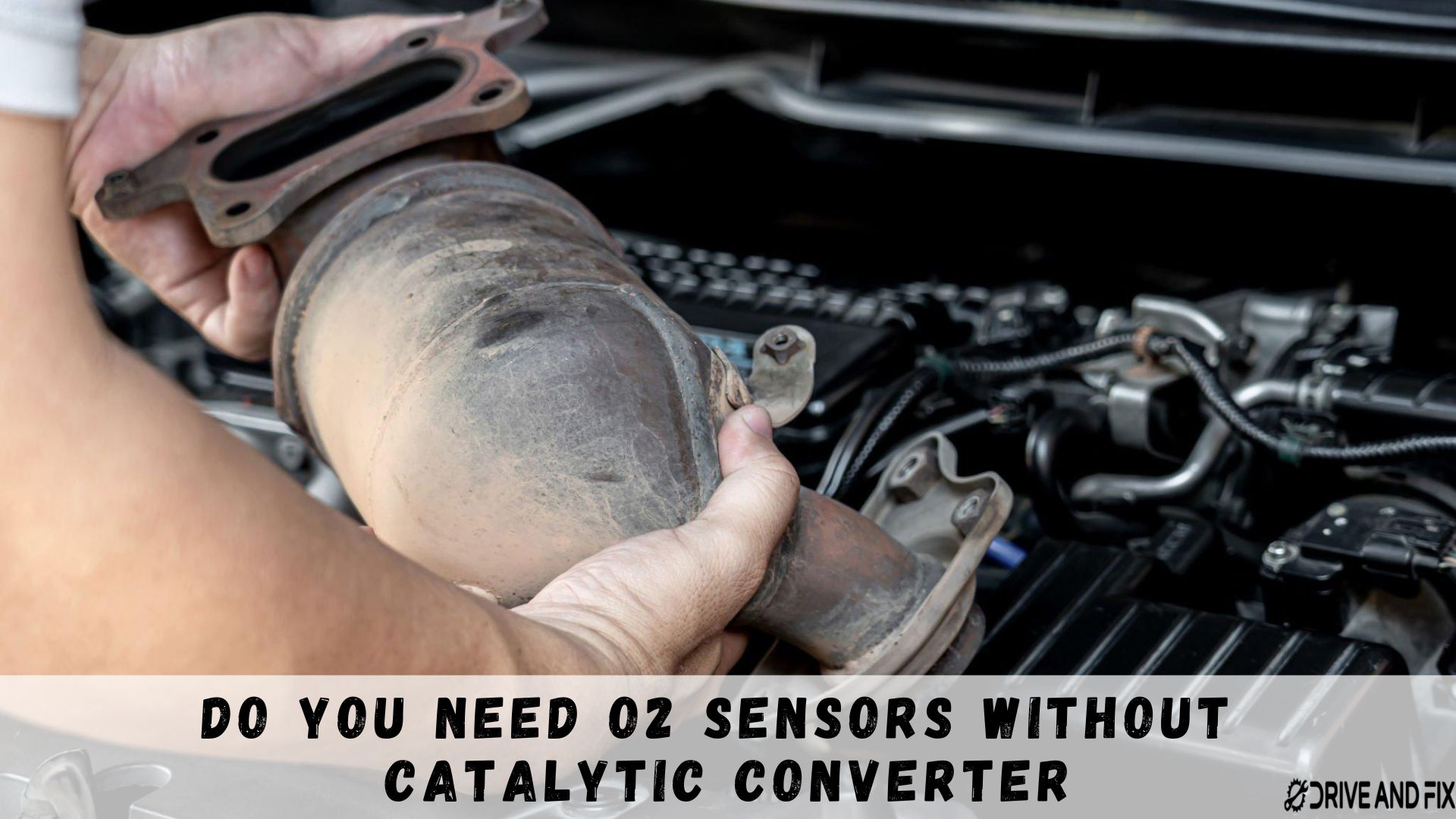The use of O2 sensors and catalytic converters in modern cars has been a significant development in reducing harmful emissions and improving fuel efficiency. However, there has been an ongoing debate among car enthusiasts and mechanics on whether O2 sensors are still necessary without a catalytic converter.
This article aims to explore this topic in-depth, examining the functions of O2 sensors and catalytic converters, the pros and cons of using O2 sensors without catalytic converters, and the importance of both components working together in a car’s emission control system.
Understanding O2 Sensors
O2 sensors, also known as oxygen sensors, are electronic devices that measure the amount of oxygen in a car’s exhaust system. They work by generating a voltage signal based on the oxygen content in the exhaust gases. There are two main types of O2 sensors: zirconia and titania sensors. Zirconia sensors are the most common and are used in most modern cars. Titania sensors are less common and are typically used in older cars.
O2 sensors are an essential component of a car’s emission control system, as they provide feedback to the engine management system, which adjusts the fuel-to-air ratio to optimize combustion and reduce emissions. Without O2 sensors, a car’s engine would not be able to accurately adjust the air-fuel ratio, leading to poor fuel efficiency and increased emissions.
Catalytic Converter Basics
A catalytic converter is an exhaust emission control device that reduces the toxicity of emissions from a car’s engine by converting harmful pollutants into less harmful substances. It works by using a combination of heat and a catalyst to convert three harmful compounds – carbon monoxide, hydrocarbons, and nitrogen oxides – into harmless carbon dioxide, water vapor, and nitrogen gas.
Catalytic converters play a crucial role in reducing harmful emissions from cars, as they are responsible for reducing the levels of harmful pollutants that are released into the atmosphere. They are required by law in many countries and are mandatory in modern cars.
O2 sensors and catalytic converters work together in a car’s emission control system. The O2 sensor measures the oxygen content in the exhaust gases and provides feedback to the engine management system, which adjusts the air-fuel ratio to optimize combustion. The catalytic converter then uses this information to convert harmful pollutants into less harmful substances. The O2 sensor also monitors the catalytic converter’s efficiency, ensuring that it is working correctly and reducing emissions as intended.
O2 Sensors Without Catalytic Converters
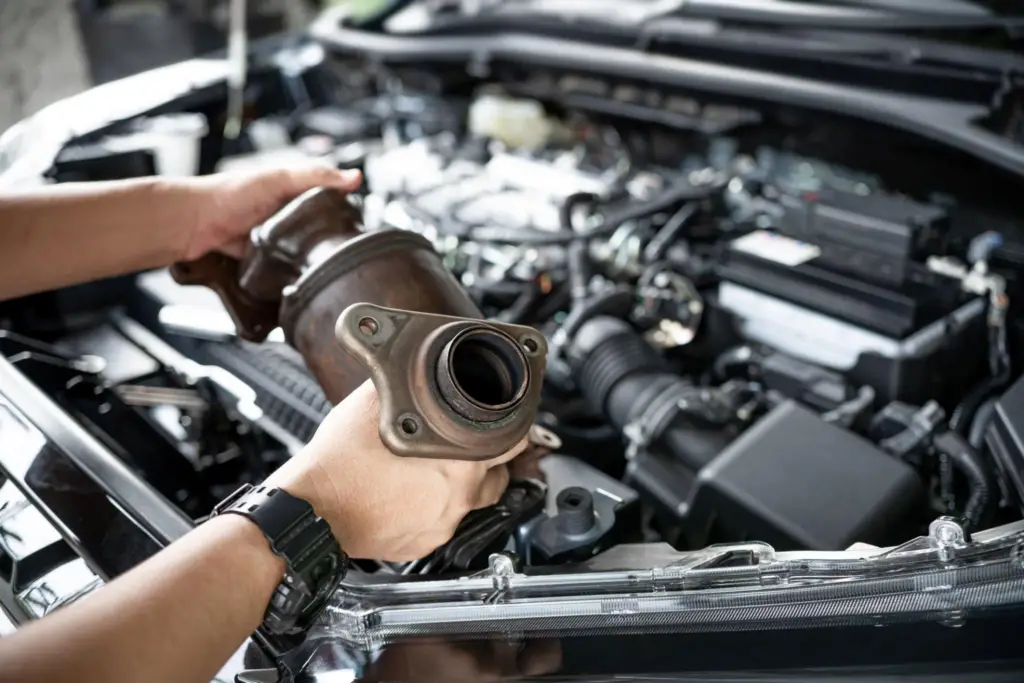
Some car enthusiasts and mechanics may choose to remove their catalytic converters for various reasons, such as to increase performance or to reduce the weight of the car. In some cases, it may also be due to a faulty catalytic converter that needs to be replaced.
However, even without a catalytic converter, O2 sensors are still necessary for a car’s emission control system. This is because O2 sensors are responsible for providing feedback to the engine management system, which adjusts the air-fuel ratio to optimize combustion. Without O2 sensors, the engine management system would not be able to accurately adjust the air-fuel ratio, leading to poor fuel efficiency and increased emissions.
While O2 sensors are still necessary without a catalytic converter, there are pros and cons to using them in this scenario. Some pros include improved engine performance and the ability to troubleshoot engine problems by monitoring the exhaust gases. However, some cons include increased emissions and the potential for engine damage if the air-fuel ratio is not adjusted correctly.
Pros of O2 Sensors Without Catalytic Converters
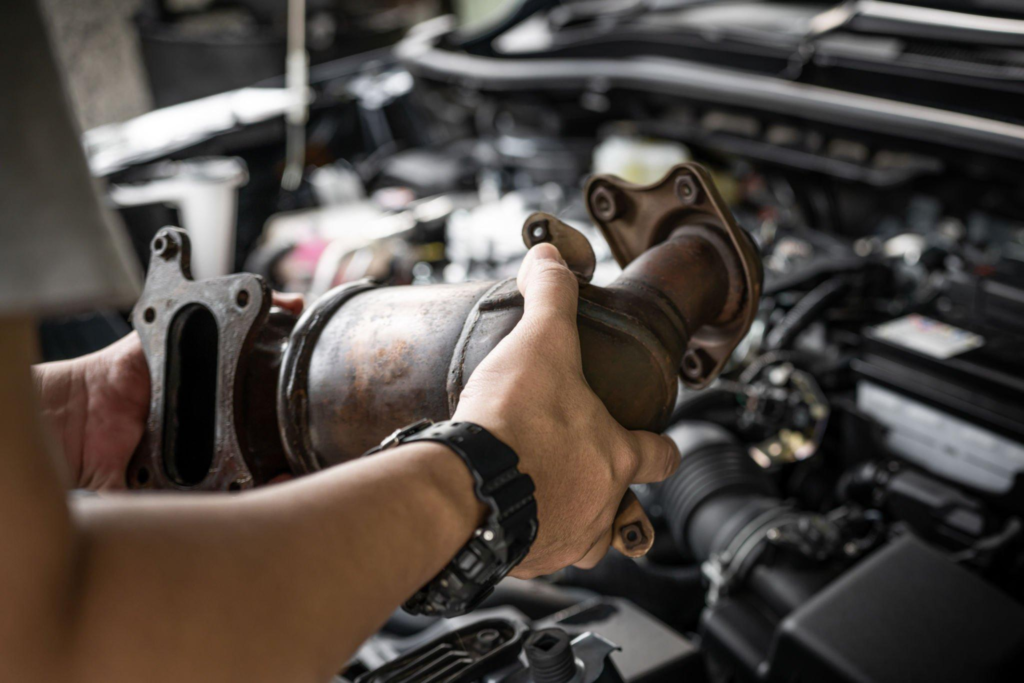
While O2 sensors are still necessary without a catalytic converter, there are several pros to using them in this scenario.
- Better fuel efficiency: O2 sensors provide feedback to the engine management system, which adjusts the air-fuel ratio to optimize combustion. With the correct air-fuel ratio, the engine can operate more efficiently, resulting in better fuel efficiency.
- Lower emissions: Although the catalytic converter plays a crucial role in reducing harmful emissions, O2 sensors can still help to reduce emissions by ensuring that the engine is operating at its most efficient level.
- Reduced maintenance costs: Removing a faulty or damaged catalytic converter and replacing it with an O2 sensor can be more cost-effective than replacing the catalytic converter. O2 sensors are generally less expensive and easier to replace than catalytic converters.
- Increased engine performance: O2 sensors can also improve engine performance by ensuring that the engine is running at its optimal level. With the correct air-fuel ratio, the engine can produce more power and torque, resulting in better acceleration and overall performance.
- Greater flexibility: Removing the catalytic converter and using O2 sensors can provide greater flexibility in customizing a car’s exhaust system. This can allow for modifications to improve performance, such as installing a performance exhaust system or a high-flow catalytic converter.
Overall, using O2 sensors without a catalytic converter can provide several benefits, including better fuel efficiency, lower emissions, and increased engine performance. However, it is important to note that the pros may not always outweigh the cons, as there are also potential drawbacks to consider.
Cons of O2 Sensors without Catalytic Converters
While using O2 sensors without a catalytic converter can have some benefits, there are also several cons to consider.
- Legal and environmental implications: Removing the catalytic converter and using O2 sensors may not be legal in all areas. It is important to check local regulations to ensure compliance. Additionally, using O2 sensors without a catalytic converter can lead to increased emissions, which can have negative environmental implications.
- Reduced engine performance: While O2 sensors can improve engine performance, using them without a catalytic converter can reduce performance in some cases. This is because catalytic converters also help to reduce backpressure in the exhaust system, which can lead to improved performance.
- Potential damage to the engine: Without the catalytic converter, the engine may be exposed to higher levels of harmful pollutants, which can potentially cause damage to the engine over time. This can result in costly repairs and reduced engine lifespan.
Overall, it is important to weigh the pros and cons of using O2 sensors without a catalytic converter and consider the potential implications before making any modifications to a car’s exhaust system.
The Importance Of O2 Sensors And Catalytic Converters Working Together
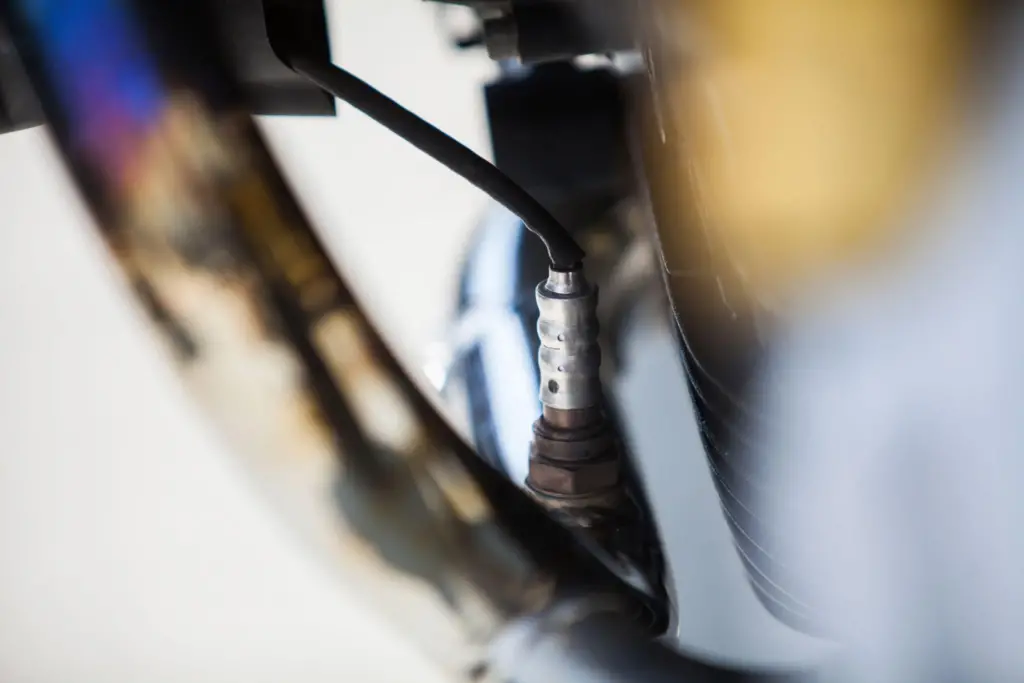
While O2 sensors and catalytic converters can function independently, they work best when they are both in place and working together to reduce harmful emissions.
- How O2 sensors and catalytic converters complement each other: O2 sensors provide feedback to the engine management system, which adjusts the air-fuel ratio to optimize combustion. This helps the catalytic converter to perform its function of reducing harmful emissions by converting them into less harmful compounds. Without the O2 sensors, the catalytic converter may not be able to perform at its best, resulting in increased emissions.
- The impact of not having both components in place: If either the O2 sensors or the catalytic converter is not functioning properly, it can lead to increased emissions, reduced engine performance, and potential damage to the engine. Additionally, removing one or both components can lead to legal and environmental implications, as discussed earlier.
Therefore, it is important to ensure that both the O2 sensors and the catalytic converter are functioning properly and working together to reduce harmful emissions and ensure optimal engine performance.
What to Do If You Don’t Have a Catalytic Converter
If a car does not have a catalytic converter or if it needs to be replaced, there are several things to consider.
Is it legal to drive without a catalytic converter? In most areas, it is illegal to drive a car without a catalytic converter. It is important to check local regulations to ensure compliance.
What are the consequences of driving without a catalytic converter? Driving without a catalytic converter can lead to increased emissions, reduced engine performance, and potential damage to the engine. Additionally, it can result in fines and penalties for non-compliance with local regulations.
Alternative options for emission control: If a catalytic converter needs to be replaced or added, there are several options available, such as high-flow catalytic converters or aftermarket catalytic converters. These options can provide improved performance while still maintaining compliance with local regulations.
It is important to consult with a qualified mechanic or automotive professional to determine the best course of action for a car’s emission control system.
O2 Sensor Maintenance Tips
O2 sensors are an important component of a car’s emission control system. To ensure that they are functioning properly, it is important to follow these maintenance tips:
- How to know if your O2 sensors need replacing: O2 sensors can fail over time due to exposure to heat and contaminants. Some signs of a failing O2 sensor include poor fuel economy, rough idle, and check engine light. It is recommended to replace O2 sensors every 60,000 to 100,000 miles, depending on the manufacturer’s recommendation.
- How to replace O2 sensors: O2 sensors can be replaced by a qualified mechanic or automotive professional. It is important to use the correct replacement sensor for the car’s make and model.
- How to troubleshoot O2 sensor problems: If there is an issue with the O2 sensor, it can be difficult to diagnose without proper equipment. A mechanic or automotive professional can use diagnostic equipment to troubleshoot the problem and determine if the O2 sensor needs to be replaced.
By following these maintenance tips, car owners can ensure that their O2 sensors are functioning properly and helping to reduce harmful emissions.
Catalytic Converter Maintenance Tips
Catalytic converters are an important component of a car’s emission control system. To ensure that they are functioning properly, it is important to follow these maintenance tips:
- Signs of a failing catalytic converter: Some signs of a failing catalytic converter include reduced engine performance, decreased fuel efficiency, and a rotten egg smell coming from the exhaust. If these symptoms are present, it is important to have the catalytic converter checked by a qualified mechanic or automotive professional.
- How to replace a catalytic converter: If the catalytic converter needs to be replaced, it is important to use the correct replacement part for the car’s make and model. Replacement can be done by a qualified mechanic or automotive professional.
- How to extend the lifespan of a catalytic converter: The lifespan of a catalytic converter can be extended by following these tips:
- Use the correct fuel for the car’s make and model.
- Keep the engine properly tuned to reduce stress on the catalytic converter.
- Avoid overloading the car or towing heavy loads.
- Use a fuel additive designed to clean the catalytic converter.
By following these maintenance tips, car owners can ensure that their catalytic converter is functioning properly and helping to reduce harmful emissions.
O2 Sensors vs. Catalytic Converters: Which One to Replace?
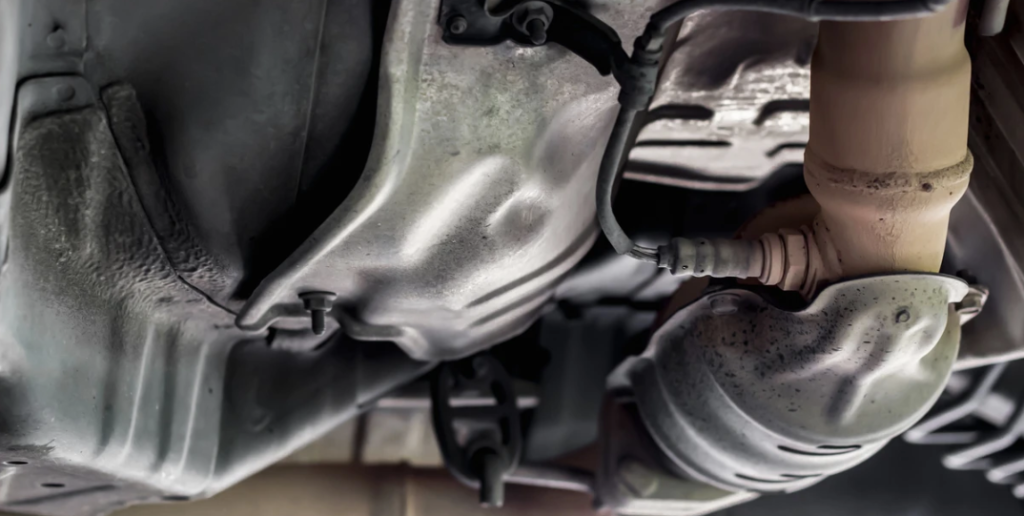
If a car is experiencing emission control problems, it can be difficult to determine if the issue is with the O2 sensor or the catalytic converter. Here are some things to consider:
How to determine if it’s the O2 sensor or catalytic converter that needs replacing: A mechanic or automotive professional can use diagnostic equipment to determine if the issue is with the O2 sensor or the catalytic converter. Additionally, if the check engine light is on, the car’s onboard computer may provide information about the problem.
Cost Comparison: O2 sensors are generally less expensive to replace than catalytic converters. However, the cost can vary depending on the car’s make and model.
Importance of seeking professional advice: It is important to seek professional advice when experiencing emission control problems. A mechanic or automotive professional can diagnose the problem and provide advice on which component needs to be replaced. Attempting to diagnose or replace these components without proper knowledge or equipment can cause further damage to the car and potentially harm the environment.
Frequently Asked Questions
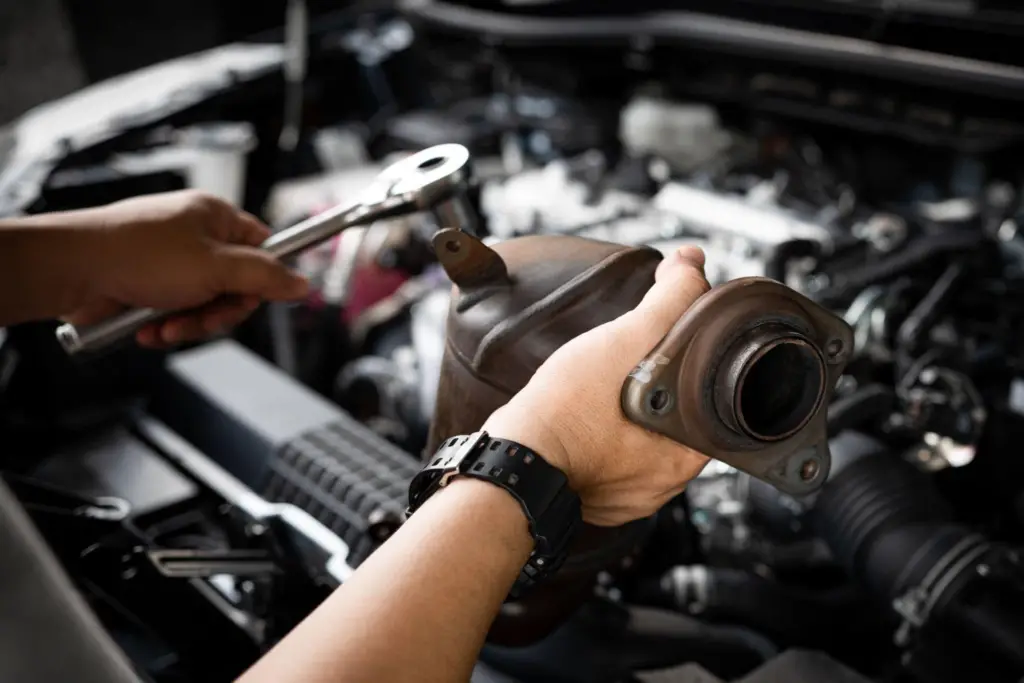
What does an O2 sensor do?
An O2 sensor measures the amount of oxygen in a car’s exhaust system and sends a signal to the engine control module (ECM) to adjust the air-fuel mixture for optimal engine performance and fuel efficiency.
What is a catalytic converter?
The catalytic converter is a mechanism for controlling emissions that transforms dangerous pollutants present in a vehicle’s exhaust into less harmful compounds before they are discharged into the air.
Can I drive my car without an O2 sensor?
While it may be possible to drive a car without an O2 sensor, it is not recommended. Without the O2 sensor, the ECM cannot adjust the air-fuel mixture, leading to decreased fuel efficiency, increased emissions, and potential damage to the engine.
Conclusion
Both O2 sensors and catalytic converters play important roles in a car’s emission control system. While it is possible to operate a vehicle without a catalytic converter, it is not recommended due to legal and environmental implications, as well as potential damage to the engine. O2 sensors and catalytic converters work together to ensure proper engine performance and reduce harmful emissions.
Regular maintenance of both components is crucial to ensuring optimal function and preventing potential damage. If you suspect a problem with your O2 sensor or catalytic converter, it is important to seek professional advice and take appropriate action.
You may also be interested in:
Does Freon Evaporate Over Time in A Car? Find Out Now
Can A Stuck Open Thermostat Cause Coolant Loss?
What If I Accidentally Put Premium Gas Into My Car?
What Happens If I Unplug My O2 Sensor? What You Need To Know

